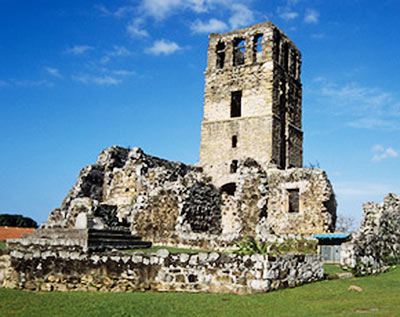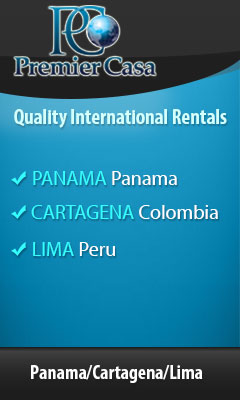Panama Viejo

Panama Viejo, the original “Old Panama" was founded in 1519 by Pedrarias Davila and is the oldest Spanish settlement on the Pacific coast of the continent. It was the point of origin for the expeditions to the Inca Empire and the end of the line for the trade of gold and extracted from Peru on its way to Spain and the rest of Europe.
At its peak, "Panama Viejo", was a prosperous city which enjoyed the benefits from its position as the first European settlement on the Pacific coast of the Americas and the break in the journey of one of the American continent's most important trade routes where most of the gold and silver from the Americas passed through on its way that Spain and the rest of Europe. On their return trips, the fleets returned with European goods.
The Spanish Crown continued the discovery and conquest of new territories throughout Central and South America from this strategic point. Panama Viejo was key for colonial trade, linking the Atlantic ports of Portobelo and Nombre de Dios with those in the Pacific by using two main routes, the Camino de Cruces which utilized the Chagres Rives and the Camino Real, a steamy land journey through the thick tropical jungle.
The city was destroyed by Sir Henry Morgan in 1671, after having survived several catastrophic fires, and was never rebuilt on this site, but instead was relocated to its new home about 8 km away.
To this day, Panama maintains its strategic role as one of the most important players in global trade, as it has been since its discovery.
This site was declared a World Heritage Site in 1976 and the ruins are undergoing the restoration of the elements which defined the Plaza Mayor and its edifications .
The Panama Viejo Museum houses a small collection of paintings and artifacts that depict the city's origins and history.
All the pictures are courtesy of Autoridad de Turismo de Panama.





